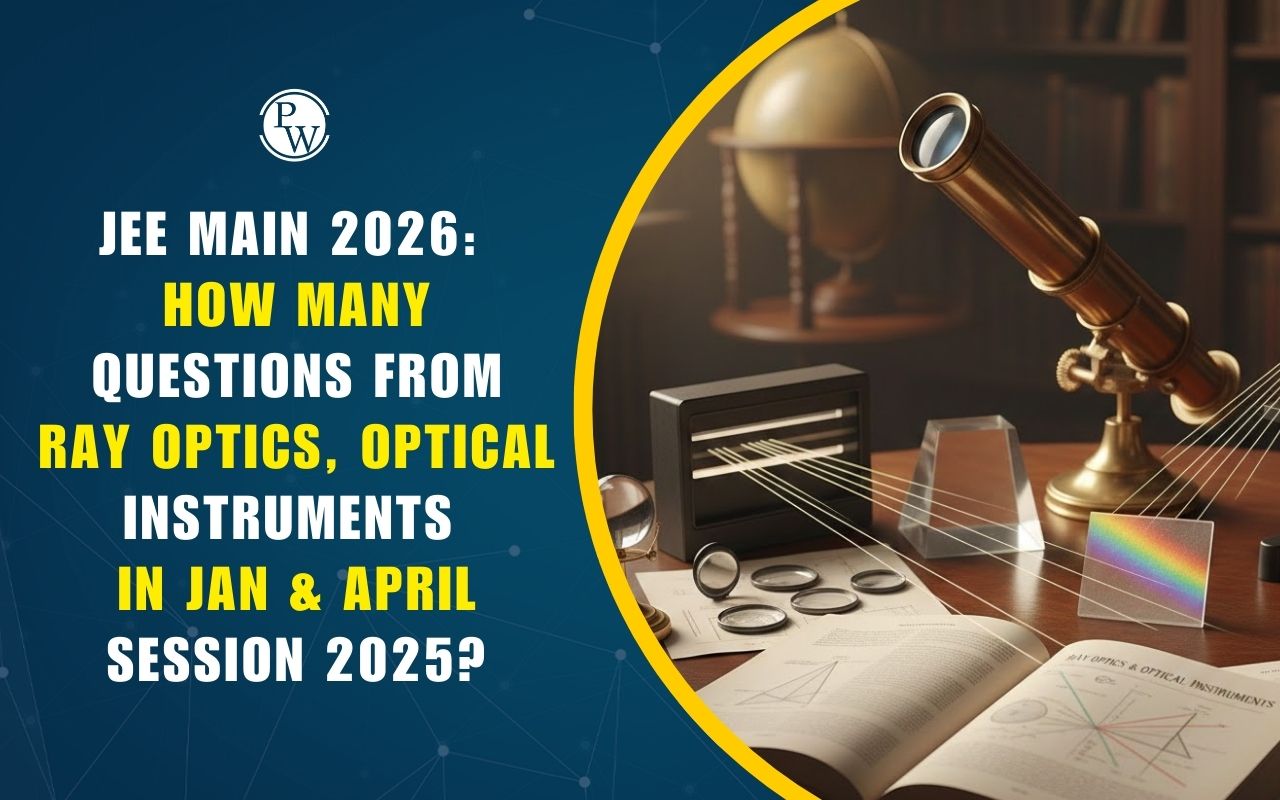
Shielding Effect : In the realm of atomic structure, the concepts of Slater's Rule, Screening Effect (σ), and Effective Nuclear Charge (Z eff ) play crucial roles in explaining the behaviour of electrons within an atom. These principles provide valuable insights into the distribution and arrangement of electrons, shedding light on the complexities that govern atomic properties.
The shielding effect and screening effect in chemistry are important for understanding periodic trends such as atomic radius, ionization energy, and electron affinity. By applying Slater's Rule and calculating the screening constant or shielding constant, chemists can predict how effectively inner electrons block the pull of the nucleus on outer electrons. This knowledge not only explains variations in chemical reactivity across elements but also aids in predicting bond strengths and stability in complex compounds.
Shielding, Screening Effect
The screening effect (screening effect definition) in chemistry, denoted by the symbol σ, is a measure of how effectively inner electrons shield outer electrons from the attractive force of the nucleus. As an electron moves through different electron shells, it encounters varying degrees of screening due to the presence of other electrons. The more inner electron shells between the outer electron and the nucleus, the greater the screening effect in chemistry.
The concept of screening effect is instrumental in explaining the observed deviations from the predictions based solely on the atomic number. It helps account for anomalies in ionization energy and electron affinity, providing a more accurate depiction of the electron behavior in multi-electron atoms.
Slater's Rule
Slater's Rule, formulated by John C. Slater, is a method used to estimate the effective nuclear charge experienced by an electron in a multi-electron atom. This rule takes into account the shielding effect (or screening effect) caused by inner electrons, recognizing that outer electrons are not only attracted to the nucleus but also repelled by other electrons. The effectiveness of this shielding is determined by a set of empirical screening constants.
The screening constant (σ) is calculated differently for different electron shells. For each electron in a given shell, a specific fraction of the electrons in inner shells contributes to the overall screening effect. The sum of these contributions yields the screening constant for that electron. Slater's Rule is widely applied in chemistry and physics to approximate the effective nuclear charge and understand periodic trends.
Calculation of Screening constant (σ)
To calculate the shielding constant (σ):
- Write the electronic configuration of the element in the following order and groupings:
(1s), (2s, 2p), (3s, 3p), (3d), (4s, 4p), (4d), (4f), (5s, 5p), etc.
For s and p electrons
- Electrons in any group to the right of the (ns, np) group contribute nothing to the shielding constant.
(n-shell no. of the electron for which σ is calculated)
- All of the other electrons in the (ns, np) group, shield the concern electron to an extent of 0.35 each. (Except for the 1s orbital for which value is 0.30).
- All electrons in the (n - 1) shell shield to an extent of 0.85 each.
- All electrons (n-2) or lower group shield completely; that is, their contribution is 1.00 each.
For d and f electrons
- Electrons in any group to the right of the nd or nf group contribute nothing to the shielding constant.
- All the other electrons in the nd or nf group, shield the valence electron to an extent of 0.35 each.
- All electrons in groups lying to the left of the nd or nf group contribute 1.00.
|
(Effective Nuclear charge of elements of second period) |
||||||
|
Element |
Electronic Configuration |
Z |
σ of ns & np electron (a) |
σ (n–1) orbital (b) |
Total Screening constant (a + b) |
Effective nuclear charge Z* = Z – σ |
|
3 Li |
1s 2 , 2s 1 |
3 |
– |
0.85 × 2 = 1.70 |
1.70 |
1.30 |
|
4 Be |
1s 2 , 2s 2 |
4 |
1 × 0.35 = 0.35 |
0.85 × 2 = 1.70 |
2.05 |
1.95 |
|
5 B |
1s 2 , 2s 2 , 2p 1 |
5 |
2 × 0.35 = 0.70 |
0.85 × 2 = 1.70 |
2.40 |
2.60 |
|
6 C |
1s 2 , 2s 2 , 2p 2 |
6 |
3 × 0.35 = 1.05 |
0.85 × 2 = 1.70 |
2.75 |
3.25 |
|
7 N |
1s 2 , 2s 2 , 2p 3 |
7 |
4 × 0.35 = 1.40 |
0.85 × 2 = 1.70 |
3.10 |
3.90 |
|
8 O |
1s 2 , 2s 2 , 2p 4 |
8 |
5 × 0.35 = 1.75 |
0.85 × 2 = 1.70 |
3.45 |
4.55 |
|
9 F |
1s 2 , 2s 2 , 2p 5 |
9 |
6 × 0.35 = 2.10 |
0.85 × 2 = 1.70 |
3.80 |
5.20 |
Effective Nuclear Charge (Z eff ):
effective nuclear charge (Z eff ) : The effective nuclear charge (Z eff ) represents the net positive charge experienced by an electron in an atom, taking into account the screening effect caused by inner electrons. It is a crucial factor in understanding atomic properties such as atomic size, ionization energy, and electron affinity.
Z eff is calculated by subtracting the screening constant (σ) from the actual nuclear charge (Z). Mathematically, Z eff = Z - σ. The higher the effective nuclear charge, the stronger the attractive force between the nucleus and the electrons, leading to a more tightly bound electron and smaller atomic size.
Important Key Points For Shielding Effect
(a) From left to right in a period (Z eff ) increases
(i) For s and p-block elements, Z eff in a period increases by 0.65 where atomic number increases by 1, and hence atomic size decreases considerably.
(ii) In transition series Z increase by + 1 but screening constant increases by 0.85 So Z eff is increased by 0.15
(1– 0.85 = 0.15) [Because e – enters in (n–1) orbit which has value of σ = 0.85]
(b) From top to bottom in a group Z eff remain constant for s-block elements, after Li and Be. Element
Element Li Na K Rb Cs Fr
Z eff 1.30 2.20 2.20 2.20 2.20 2.20JEE Online Courses
For aspirants aiming to score well in JEE, learn topics like Slater's Rule, screening effect, and shielding effect is important. PW JEEOnline Courses offer detailed video lectures, practice quizzes, and doubt-clearing sessions that help students understand these concepts thoroughly.Shielding Effect FAQs
What is Slaters Rule, and how does it contribute to our understanding of atomic structure?
How is the screening constant related to the shielding of outer electrons in an atom?
How is the effective nuclear charge (Zeff) calculated, and why is it important in atomic properties?
What is Screening effect?
What is Shielding effect?










